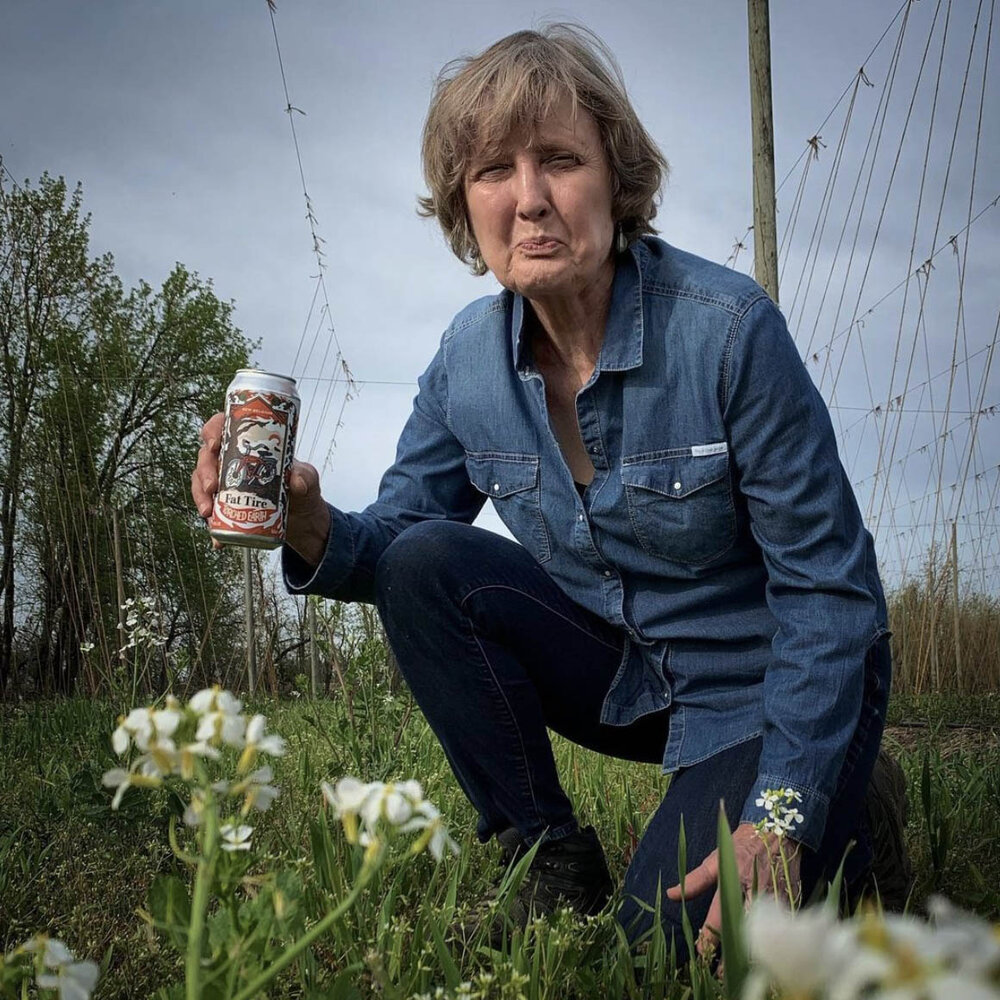Hold my beer (while you still can)
Americans’ favorite adult beverage is dependent on hops, barley, and water for the popular brew. However, extreme heat, drought, fire, and smoke increasingly risk the sourcing for these key ingredients in northwestern states.
Around 70 percent of all hops grown in the United States are grown in Washington state followed by Idaho and Oregon according to the U.S. Department of Agriculture. In 2021, the top four highest barley producing states were Idaho, Montana, North Dakota, and Wyoming.
The Molson Coors Brewing Company, behind top-selling brands Coors Light and Miller Light, says their barley comes from “800 growers, including 165 farmers in Montana and 72 in Wyoming” according to reporting from the Billings Gazette. Anheuser-Busch InBev, behind the Budweiser and Bud Light brands, sources their barley from Idaho, Montana, North Dakota, and Minnesota according to FoodDive.
Due to extreme heat and drought, there is projected to be a decrease in the global beer supply and increased costs according to a study by researchers from China, the U.K. and the U.S.. "Under higher-warming climate scenarios, we find 100-year drought and heat events occur every three years, decreasing barley yields by an average 17 percent in those years, and increasing the price of a 6-pack in the U.S. by $1-8. Another way climate change will suck." tweeted Steven Davis, one of the researchers.
Beyond heat and drought, wildfires could have significant impacts on agricultural production for beer. Between direct flames and smoke, crops and infrastructure can be destroyed. Dryland crops including barley “are particularly susceptible to fires when they are mature and being harvested at 18-24% moisture content,” according to Jacob Powell for the Agriculture Climate Network. Wildfire seasons are increasingly longer with much larger fires.
The probability of burning increasingly close to the country's barley production
Comparing the average annual burn probability per county with high barley producing counties
Wildfire Likelihood
Barley Production
To raise awareness of the issue, New Belgium Brewing, sold a limited-edition “Torched Earth Ale” last year made from “smoke-tainted water, dandelions and drought-tolerant grains” according to a press release. “The resulting dark starchy liquid with smokey aromatics is not likely to win any awards, but does highlight the stakes of climate change for beer lovers everywhere,” said the company.

In March of this year, Chuck Skypeck, brewing projects director for the Brewing Association said that drinkers may notice a change in flavor if brewers have to resort to different sources of barley in reporting by 10WBNS. Smoke taint changes the profile of beers due to wildfire outbreaks. Additionally, barley prices have gone up as much as 40 percent according to Skypeck. Brewers may have to resort to barley from further north in a less risky and costly climate. Are Americans ready for a Canadian lager? They might have to be.